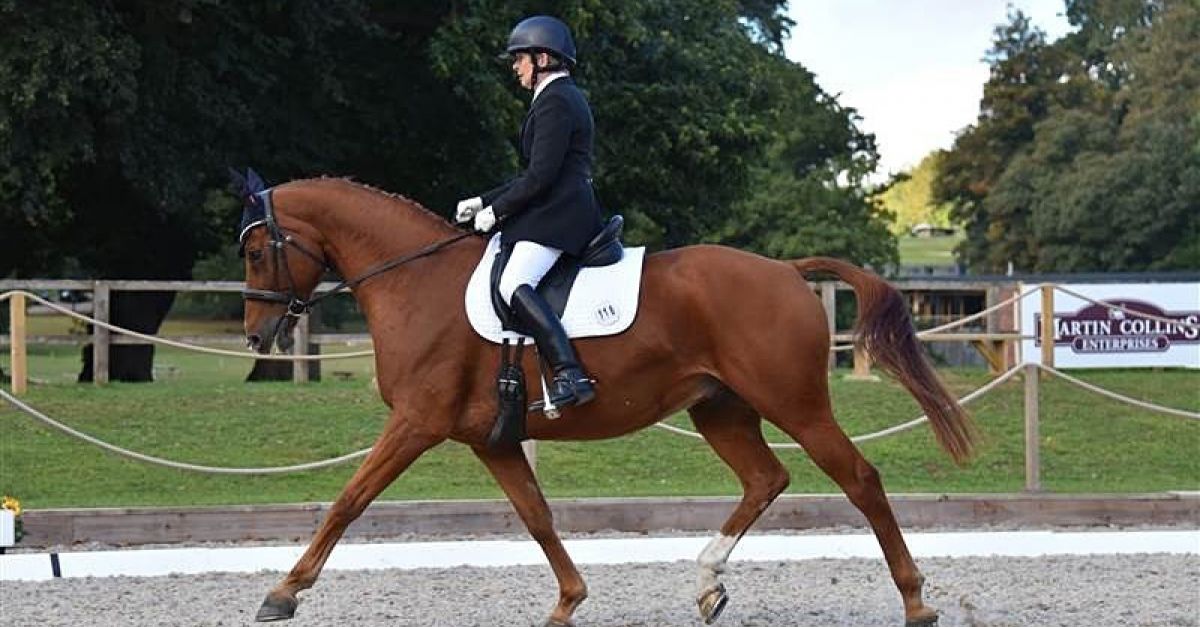Bending a 3-point saddle is a crucial skill for many equestrians. Knowing how to bend a 3-point saddle can greatly improve your riding experience and the comfort level of your horse. First and foremost, lets understand what a 3-point saddle is.

Understanding What a 3-Point Saddle Is
A 3-point saddle is a type of electrical conduit configuration used primarily in the field of equine care. This may seem complex, but it is an essential component for the well-being of your horse and for ensuring a smooth ride.
In this article, we will dive deep into the following:
- Basics of a 3-point saddle
- The importance of correct bending techniques
- Step-by-step guide on how to bend it

Why Proper Saddle Bending is Important
Ensuring that your 3-point saddle is properly bent not only guarantees a good fit but also extends the longevity of your saddle and enhances the comfort of your horse. Incorrect bending can lead to various problems, including back pain for your horse and reduced control for the rider.
Tools You Will Need
To properly bend a 3-point saddle, you will need a few specialized tools:
- Conduit bender
- Measuring tape
- Marker
- Pipe cutter
- Protective gloves
Preparation Steps
Before you start the bending process, its essential to prepare both the saddle and the work area:
- Ensure the saddle is clean and free of debris.
- Set up a safe workspace where the saddle can be laid out flat.
- Wear protective gloves to prevent injuries.
Step-by-Step Guide to Bending a 3-Point Saddle
Step 1: Measuring and Marking
Start by measuring the length of the conduit and marking the points where you need to make the bends. Accuracy in measurement is crucial for a proper fit.
Step 2: Setting Up the Conduit Bender
Next, set up your conduit bender according to the manufacturers instructions. Make sure it is clean and in good working condition.
Step 3: Making the First Bend
Position the conduit into the bender at the marked point and apply a steady force to create the first bend. The angle of the bend will depend on your specific requirements, but its generally around 30 degrees.
Step 4: Making the Second Bend
Reposition the conduit to make the second bend at the next marked point. This second bend is typically around 45 degrees.
Step 5: Making the Third Bend
Finally, make the third bend at the last marked point. This bend is usually around 60 degrees.

Safety Precautions
Working with a conduit bender requires caution. Always wear protective gloves and safety goggles. Make sure the work area is well-lit and free from obstructions.
Common Mistakes to Avoid
Avoid making the following common mistakes:
- Incorrect measurements
- Rushing the bending process
- Using a damaged bender
Maintenance Tips for Your Saddle
After bending your 3-point saddle, proper maintenance is essential. Regularly inspect the saddle for wear and tear.
For more information on maintaining your saddle, check out our guide on the best saddle soaps.
Additional Resources
You may find our recommendations for the best horse saddle pads helpful in ensuring a comfortable fit for your horse.
FAQ
Can I bend the 3-point saddle by myself?
Yes, you can. However, ensure you have the necessary tools and follow the guidelines closely.
What should I do if I make a mistake?
If you make a mistake, its best to start over with a new piece of conduit.
How often should I check my saddle for wear and tear?
Inspect your saddle after each ride to ensure it remains in good condition.
For more tips on horse care, visit this external resource.
As an Amazon Associate, I earn from qualifying purchases.
